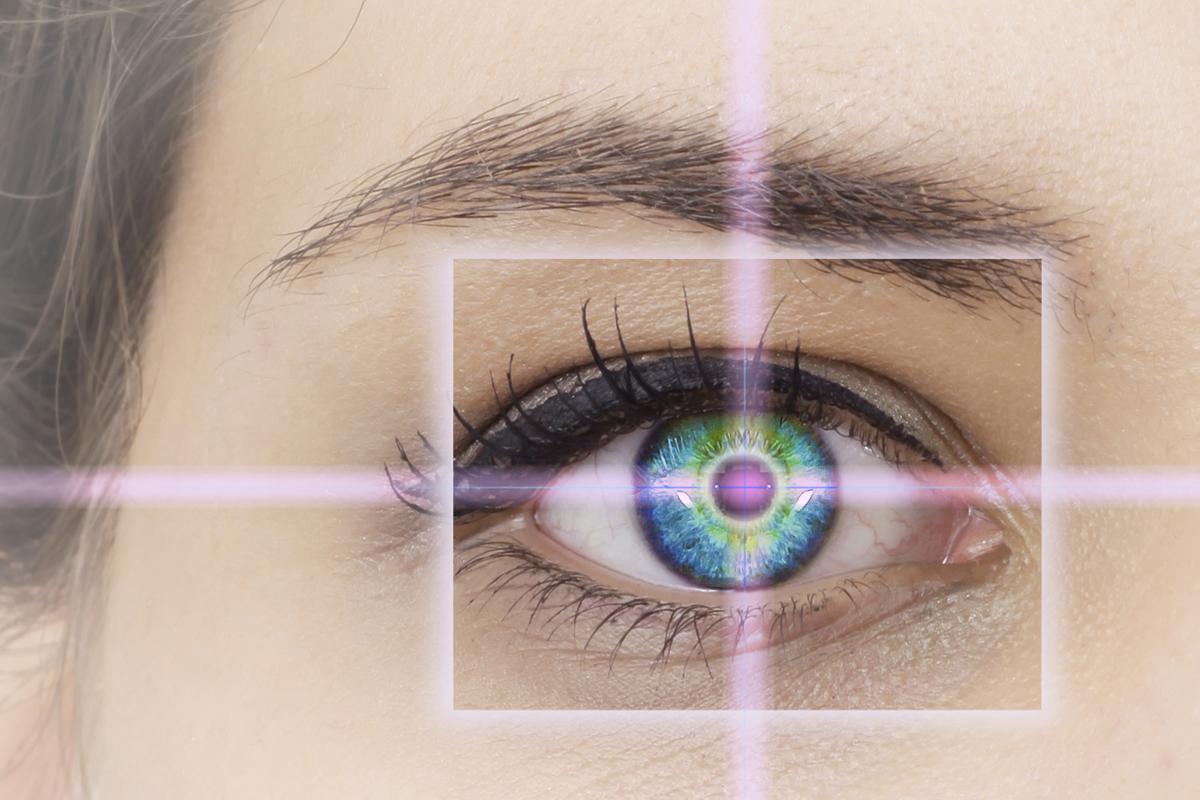
Lasik is a surgery procedure that is used for reshaping the cornea to improve vision. Here are some lasik facts.
Lasik, which stands for laser-assisted in situ keratomileusis, is a surgical procedure for correcting vision, wherein the cornea of the eye is re-shaped with the help of a laser. When the cornea is thus reshaped, it changes the focal point of the eye, resulting in it focusing accurately on the retina, and hence improving vision. Given below are some more lasik facts.
Before the Lasik Surgery
If you do opt for getting a lasik surgery, your doctor will first need to make an initial evaluation to decide whether the procedure is right for you. Here are some of the things you need to know in order to prepare for this initial evaluation.
In case you wear contact lenses, you will have to stop wearing them for a period of time before the initial evaluation. This is important because the shape of the cornea is changed by contact lenses, and this remains so for a number of weeks even after stopping using them. Hence, if you don’t stop using your contact lenses for the required amount of time before the initial evaluation, it may result in inaccurate measurements and a flawed surgical plan, which can result in poor vision after the lasik procedure.
The measurements taken in the initial evaluation, to determine the amount of corneal tissue to be removed, usually need to be repeated about a week after the initial examination and before the surgery, in order to ensure that there have not been any changes, particularly if you wear hard lenses, or RPG.
Therefore, if you use soft contact lenses, you will need to stop wearing them for about two weeks before the initial examination. If you use rigid gas permeable, or RGP, lenses, you will need to stop wearing them for about three weeks before the initial examination. And if you wear hard lenses, it is four weeks.
During the Surgery
The lasik surgery does not take more than 30 minutes. A numbing medication will be put in the eye and the area surrounding the eye will be cleansed thoroughly. Then, the eyelids will be held open with the help of an instrument known as a lid speculum.
The doctor then may opt to use a mechanical microkeratome, or a blade device, in order to cut a thin slice of the cornea. Before using this instrument, however, the doctor will place a suction ring on the eye, which will be used to apply very high pressure in order to create suction on the cornea.
While this suction ring is in place, there will be dimming of vision, and a certain amount of discomfort and the pressure will be felt. The suction ring has the cutting instrument, or the microkeratome, which is used to slice a flap in the cornea, leaving a hinge on one side. The suction ring and the microkeratome are then removed. The flap will then be lifted aside.
Or, your doctor may choose to use a laser device, known as a laser keratome, instead of the microkeratome, in order to cut the flap in the cornea. In this lasik procedure, a clear plastic plate will be used to flatten the cornea, which causes dimming of vision along with pressure. The laser is then focused on the tissue of the cornea in order make the flap, after which the plate is removed. Although there will be vision, there will be intermittent periods of dimming while this part of the procedure is carried out. The flap will then be lifted and folded back on its hinge and the exposed tissue will be dried.
The laser will then be placed over the eye and the doctor will tell you to gaze at a light. This light is not the laser, but is used for helping you to keep your eye fixed on a single spot once the doctor begins using the laser.
Once the eye is in the right position, the doctor will begin using the laser. A ticking sound will be heard, which is the pulse of the laser. While the corneal tissue is removed by the laser, you may smell something like burning hair. The amount of laser light to be applied will be programmed into the computer before the procedure, and the laser will vaporize the corneal tissue according to the set amount made during the initial examination. After the laser vaporizes the corneal tissue, the flap will be placed back into position, and allowed to heal.
After the lasik procedure, a protective shield will be put on the eye, as the flap is not stitched back in place. This shield is therefore very important in order to prevent rubbing of the eye or applying pressure on it while asleep. It also protects against the eye from being poked or hit accidentally.
Recovery
Right after the lasik surgery, there will be blurred vision and the eye may itch, burn, or you could feel as if there’s something in it. There will be a certain amount of discomfort, and sometimes even pain. Hence, you may be prescribed a mild pain relieving medication. Your eyes may water and you feel the urge to rub your eye instinctively, which you must desist from. If you rub your eye, you could end up dislodging the flap, which will then require further treatment. Also, your eyes could become sensitive to glare, light, or you may see haloes surrounding sources of light. The whites of your eyes may also become bloodshot.
However, you will feel much better about 24 hours after the lasik surgery, although full healing takes about a week, after which you will experience the improvement in your vision.
After the surgery, your doctor will inform you about the post operation restrictions that you will need to follow and also provide you with a medical brochure containing basic lasik facts and the recovery from it.


